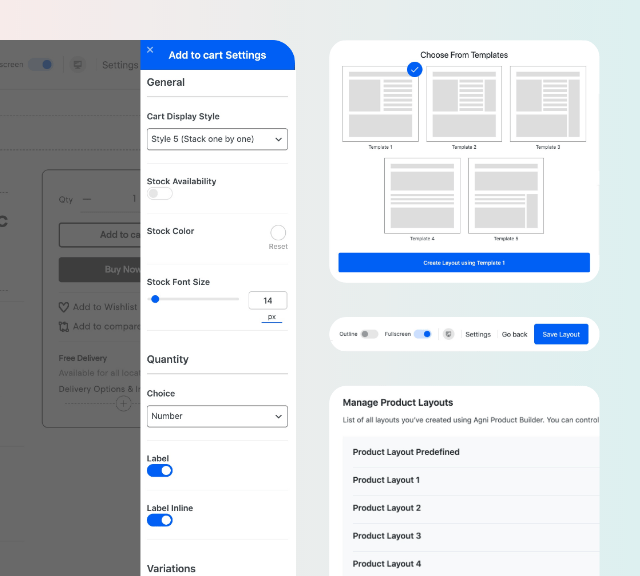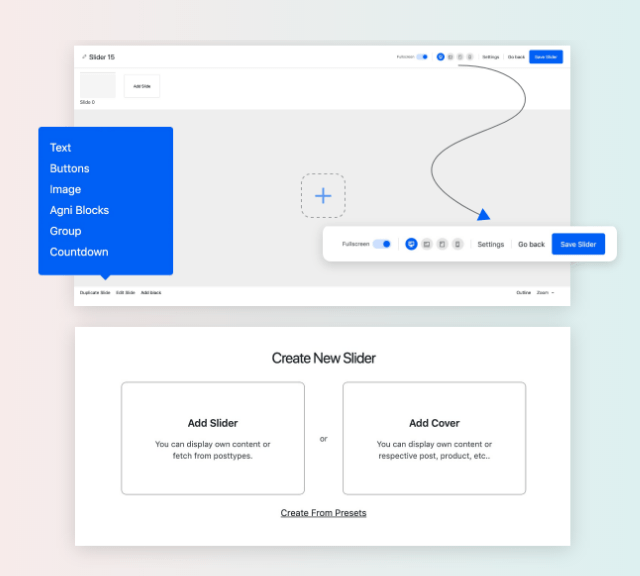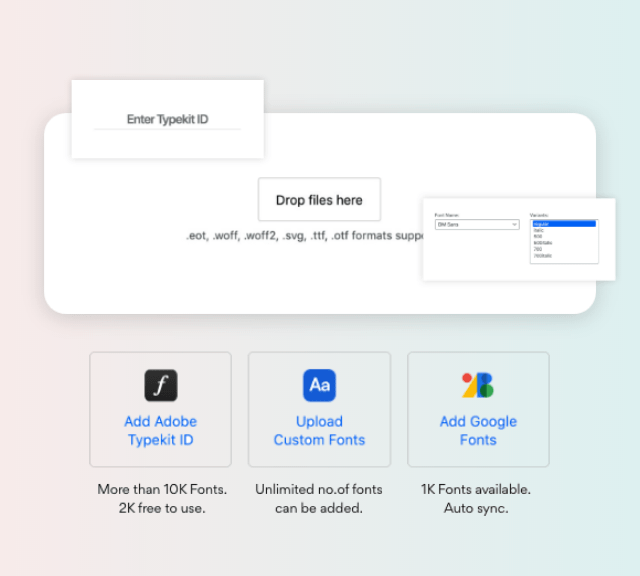Whether they’re digital or on paper, business documents undoubtedly are a prime aim for for security threats. Robbers and cybercriminals seek to steal identification information that open up financial gateways just like bank account logins and mastercard information, and they’re as well after business secrets and intellectual house that give businesses competitive positive aspects in an increasingly global marketplace.
To safeguard these valuable assets, firms must have the right blend document security features, which include restricted access, encryption, watermarking, username and password protection, record tracking and elimination, and perhaps tamper-proof printing. It’s also important to have insurance policies in place that ensure firm members understand what their duties are when building, storing, and sending digital documents, also to specify outcomes for a infringement.
Restricting access to a report can take several forms, out of simply limiting who can watch a page or perhaps file to preventing any changes being created. The most common way to do this is by setting the t4-imperial-users option inside the Access Control section of an online page. This will simply allow people who have an Real login to see the pages.
Security adds a layer of protection to documents http://www.vdr-soft.net/what-is-a-ddq/ by obscuring the content and requiring a key to read this. Watermarking inhibits copying and distribution of documents, even though document traffic monitoring gives presence into the sequence of guardianship – who has opened and viewed a document as well as for how long. Moreover to doc tracking, it could be important for a company’s security and privateness protocols to feature information legal rights management (DRM), which restrictions access to content outside the confines of a protect application sandbox.








































